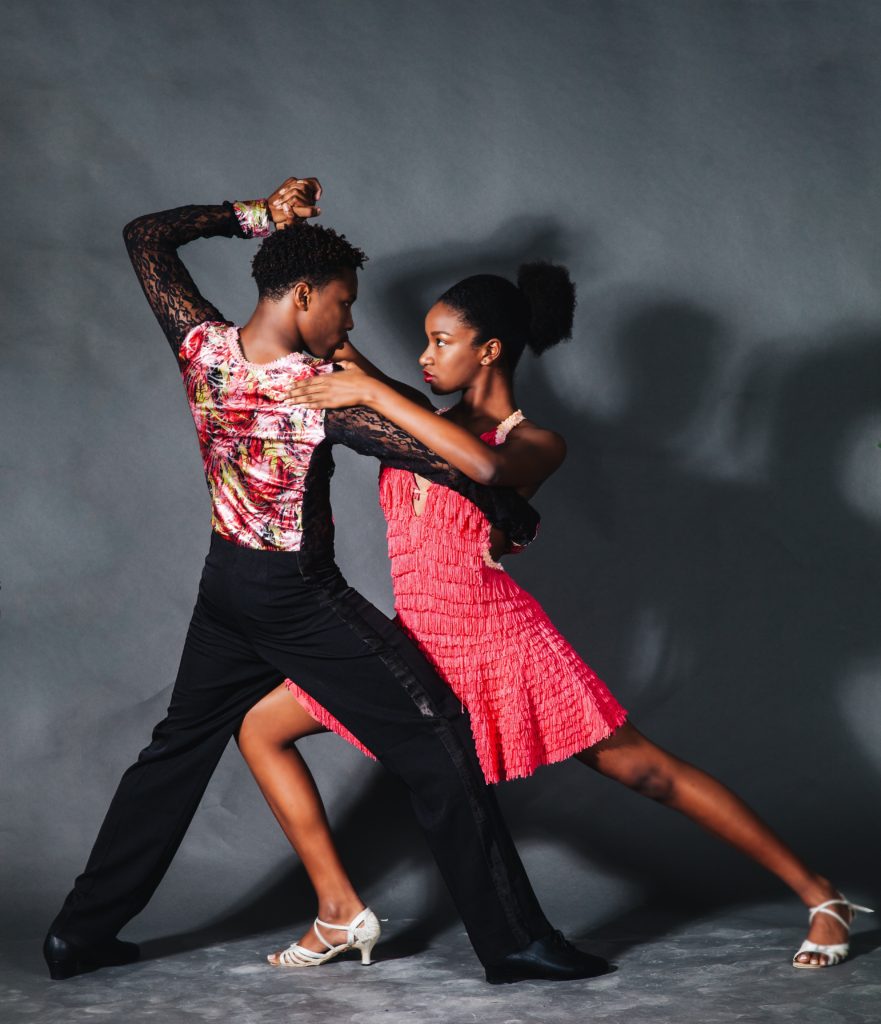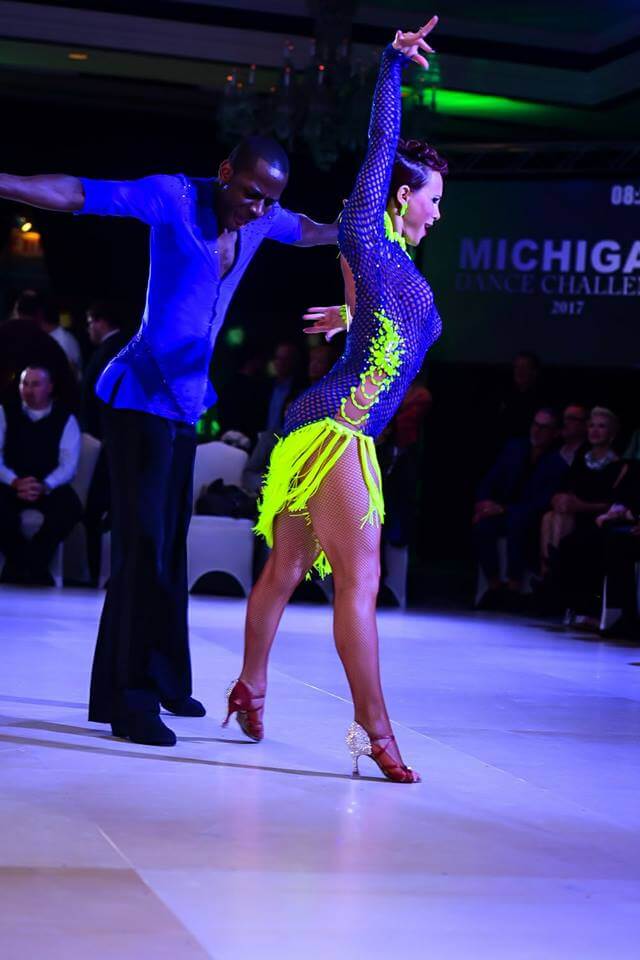What is musicality within dance? Great question! If you’re anything like me, you may have asked yourself this question when you started dancing. You are not alone, because this is a very common question in dance and problem for many dancers. That said, you came to the right place to learn. In this blog post and the video below, we’ll be discussing some great tips to help you improve your musicality within American Style Tango.
There are many ways to explain musicality, and here are some of my favorite tips for American Style Tango.
Tips for Dancing Musically in American Tango
- Finding the beat
- Downbeat
- Upbeat
- Phrase
- Counting and Dancing On-Time
In a nutshell, musicality is the way a dancer hears, feels and expresses themselves to the music through dance. One of the most basic ways you can become more musical in your dancing is by learning to dance “on time”. To start, you’ll need to learn how to find the beat, understand where the downbeats are and count the music. In Tango, for example, the beat can be very strong, which makes it easier to hear than other dances. So let’s find the beat!
Learning How To Find The Beat
The first step in finding the beat is understanding what it is. The beat is the regular rhythmic pulse in a song. In a dance class or during a private dance lesson, I like to play a song that’s easy to hear and clap the beat with them until they can do it on their own.
Ready to give it a try? For this exercise, I would like you to play, “Santa Maria” by Gotan Project, which is a classic American Tango song. Now start to tap your foot to the music until you are in sync with the music. If this doesn’t work for you, try clapping your hands or tapping your fingers. Did you find it? Great job! Now that you have identified the beat, let’s talk about downbeats and upbeats.
Downbeat
A downbeat is an accented beat that is on the 1st and 3rd beat. Why is downbeat important? Because in most dances, including Tango, you’ll take your first step on count one, which is the dominant downbeat.
When listening to a Tango, there are many instruments including the violin, flute, piano, double bass, and keyboard. To identify the downbeat, tune into the sound of the keyboard and listen for the most prominent beat, then start counting to four or eight from there. Now let’s chat about the upbeat!
Upbeat
An upbeat is an unaccented beat preceding an accented beat. These beats are on counts two and four in a measure of music and it’s what you would clap to when following along to a song. The upbeat is useful to use to anticipate when to start dancing by listening for the snare drum that happens at the end of count four. In American Tango, it’s also common to accent the end of the 4th beat, when transitioning from Closed Position to Promenade Position or by hitting a line by a flick of the foot before going into your next phrase of choreography. You may have heard your dance instructor count “four and” or “four and a” to indicate an action they want you to do after taking the step on count “four” in preparation for the strong one or downbeat.
Now that we have a better understanding of downbeats and upbeats, it’s time to learn Phrase.
Phrase
A phrase is a specific number of measures that make up a complete “thought” of music. Phrases must be at least two measures long which would equal out to eight counts if you’re using a song written in 4/4 timing, such as American Tango music. Phrases are like stories; one phrase is a sentence; two to three phrases are like a paragraph and four phrases are like a chapter. When the music starts, it’s important to begin at the beginning of a phrase so that you can start on time and dance musically.
Let’s take the American Tango song, “La Cumparsita” by Bulevard Tango Club for example. There is a 16-measure introduction in this song where you would need to choreograph an introduction into your dance if performing or competing, however, if you are dancing socially it is acceptable to begin dancing at the beginning of an eight-count phrase. This means that after the “one, two, three” at the very beginning, you would count to eight and then begin dancing.
So now we have a good understanding of downbeats, upbeats, and phrase, so let’s put it all together!
Counting and Dancing On-Time
Now let’s talk about counting and dancing on time. In American Tango, all patterns or amalgamations must equal in counts of eight. One basic timing for Tango is SSQQS or 12-34-5-6-78. On the “slow” counts, you would have a “stealth-like” movement by arriving on your foot on the second beat and you would “attack” the step on the “quick” count by arriving at the top of the beat. These actions alone will have you dancing the Tango in character and on time, thus helping you become a more musical dancer.

When choreographing American Tango, make sure you’re adding varying rhythms to keep the dance interesting and dynamic with the changes in the song. In our YouTube video below, we go over two of the many rhythms you can use: SSQQS and QQS QQS. Notice how we change rhythms as soon as the music begins a new chapter. This creates a very dynamic feel and adds to the character of this dance. Another way to add drama within your choreography is including a snap of the head when transitioning from Closed Position to Promenade Positing and back, or even a wack of the arm when hitting a line. It’s important to involve the whole body in dance – it’s not all about the steps.
Without technique, drama, and styling, all you have are steps and let’s be honest, that can get kind of boring.
Thanks for checking out our dance blog and learning with us today. We hope you enjoyed this post and the video below. If you have any questions or suggestions, please feel free to leave them in the comment section below.
Check out this awesome Youtube video to learn more about this topic and to give it a try!
Interesting in taking lessons or hiring us for an event? Contact Us!





2 thoughts on “How To Dance With Musicality In Tango”
https://waterfallmagazine.com
This blog was… how do you say it? Relevant!!
Finally I’ve found something which helped me.
Kudos!
Thank you! We are happy you enjoyed it : )